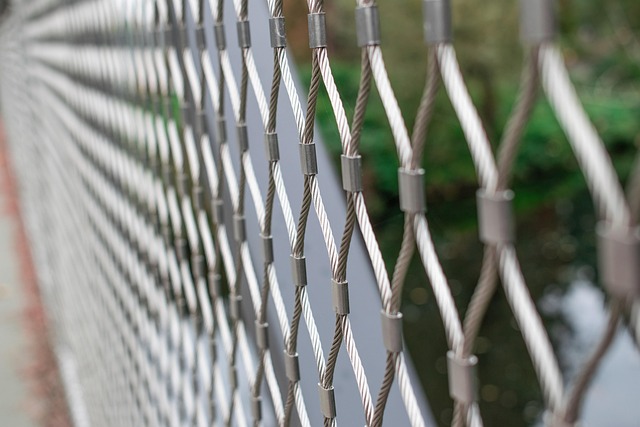In New Bedford, Massachusetts, installing a fence is both an investment in your property’s security and aesthetics. This comprehensive guide offers invaluable tips for homeowners looking to tackle the project themselves. From preparing your yard for installation to selecting the perfect fence style and material, we cover every step of the DIY process. By following our detailed instructions, you’ll master the art of fence installation, ensuring a sturdy and stylish addition to your outdoor space.
- Prepare Your Yard for Fence Installation
- Choose the Right Fence Style and Material
- Step-by-Step Guide to DIY Fence Installation
- Final Touches and Maintenance Tips
Prepare Your Yard for Fence Installation
Before beginning the fence installation process, preparing your yard is a crucial step. Start by clearing the area where the fence will be erected. Remove any plants, trees, or debris that might obstruct the installation or require special considerations. Ensure the ground is level and free from significant dips or bumps, as these could affect the fence’s alignment and stability.
Mark out the perimeter of your desired fence line using string and stakes to guide the installation. This helps in maintaining a straight and consistent barrier. Additionally, survey any existing structures, like trees or sheds, that might influence the fence’s design and placement, ensuring a safe and practical installation.
Choose the Right Fence Style and Material
When considering DIY fence installation, New Bedford homeowners should start by selecting a style and material that aligns with their preferences and property requirements. Fences come in various types, from traditional wooden picket fences to modern vinyl or metal options. Each material has its advantages; for instance, wood offers classic aesthetics and customizable designs but requires regular maintenance, while vinyl is low-maintenance and comes in diverse styles.
The chosen fence style should complement your home’s architecture and the surrounding landscape. For a more formal look, a straight, uniform fence might be suitable, whereas curved or decorative fences can add a unique, artistic touch to your property. Consider factors like privacy needs, aesthetic preferences, and budget to make an informed decision that will enhance your outdoor space for years to come.
Step-by-Step Guide to DIY Fence Installation
To tackle a DIY fence installation successfully, start by assessing your yard and deciding on the type of fence that best suits your needs and landscape. Next, obtain any necessary permits from local authorities before gathering all required materials, including posts, rails, pickets, concrete, tools like a post-hole digger or drill, and safety gear.
Begin by marking out the perimeter of your desired fence line using string and stakes. Dig holes for the fence posts, ensuring they are deep enough to provide stable support. Place concrete in the holes and allow it to set according to the manufacturer’s instructions. Once the concrete is cured, attach rails to the posts, following the manufacturer’s guidelines for spacing and fastening. Finally, secure pickets to the rails, completing your new fence.
Final Touches and Maintenance Tips
After completing the fence installation, it’s time to add those final touches that will make your new fence stand out. Inspect the entire length of the fence for any loose screws or nails and secure them tightly. Check for any gaps between posts and panels, filling these with appropriate filler or sealing material as needed. A fresh coat of paint or stain can enhance the aesthetics and protect the fence from the elements. Regular maintenance is key to keeping your new fence in top condition. This includes cleaning the fence periodically to remove dirt and debris, re-staining or repainting as required, and checking for any signs of damage, such as broken boards or loose posts. Promptly addressing minor issues will prevent them from escalating into more costly repairs later on.
